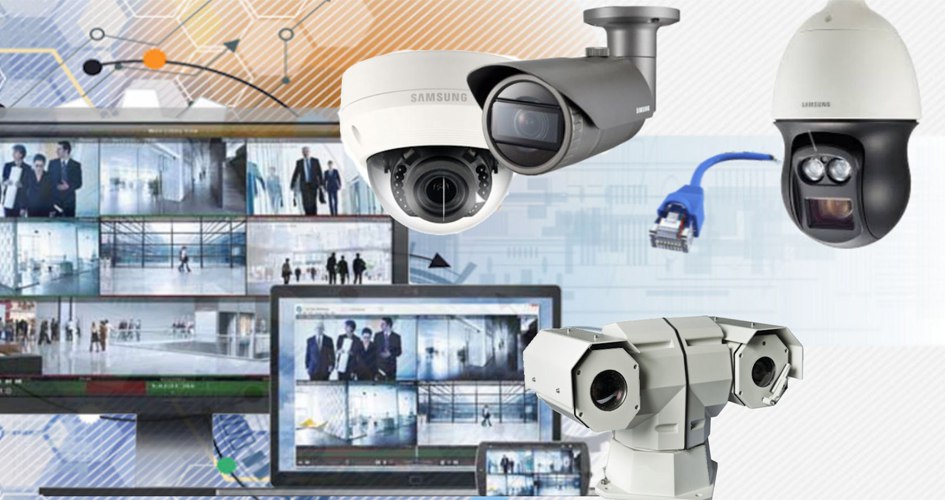
CCTV (Closed-Circuit Television) and IP (Internet Protocol) cameras are both essential tools in modern surveillance and security systems. While they share a common goal of capturing video footage, they operate differently and have unique advantages.
CCTV cameras use analog technology to transmit video signals to a limited number of connected monitors and recording devices. They are known for their reliability and ability to function in various environments, making them suitable for both indoor and outdoor use. Traditional CCTV systems are hardwired, which can be limiting in terms of flexibility and scalability.
IP cameras, on the other hand, digitize and compress video footage and then transmit it over an IP network. This digital approach offers several advantages. First, it provides high-resolution video quality, often in high definition (HD) or even 4K. Second, IP cameras can be connected to the internet, allowing for remote monitoring from virtually anywhere with an internet connection. Third, they are more flexible and scalable because they can be added to existing IP networks, reducing the need for additional cabling.
IP cameras also offer advanced features like motion detection, facial recognition, and the ability to integrate with other smart devices and software platforms. This makes them ideal for businesses, homeowners, and organizations seeking advanced surveillance capabilities.
In summary, while traditional CCTV cameras have a proven track record and are still widely used, IP cameras offer greater flexibility, scalability, and advanced features, making them a popular choice for modern surveillance systems. The choice between the two depends on specific needs and budget considerations.